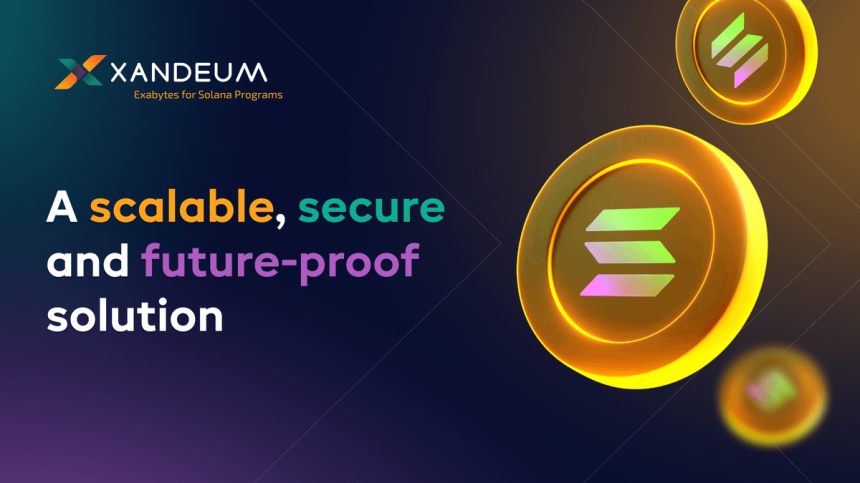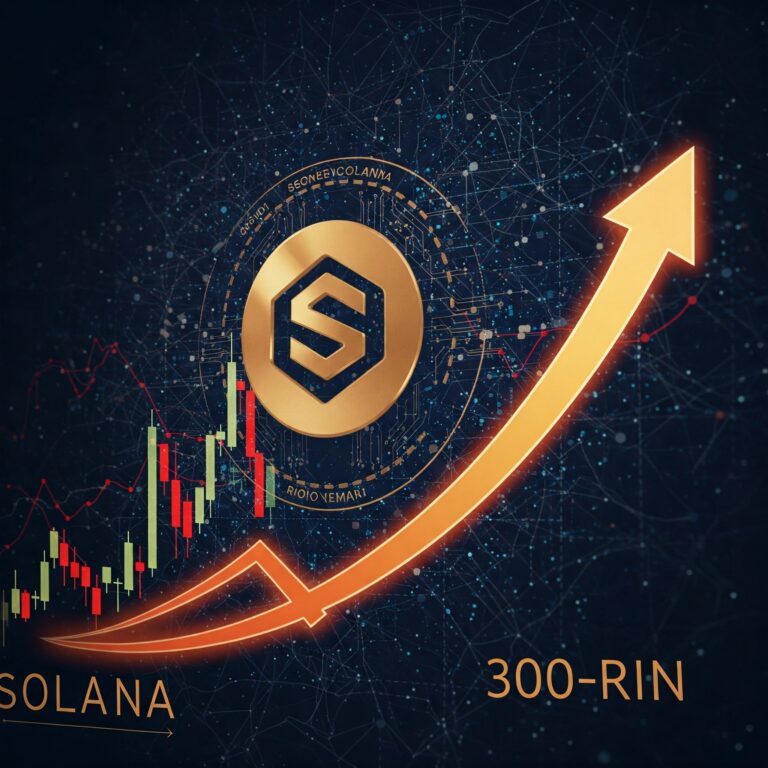
Blockchain technology has revolutionized industries, offering decentralized solutions to traditional challenges. Among the myriad of blockchain platforms, Solana stands out for its remarkable speed and low transaction costs, earning it the nickname “The Visa of Crypto.” However, as fast and efficient as Solana is, it operates like a computer’s RAM – ultra-fast but limited in capacity. Enter Xandeum: the hard disk to Solana’s RAM, offering a complementary layer that addresses the scalability and storage limitations of high-performance blockchains.
Solana’s Strengths and Constraints
Solana’s architecture is designed for speed. Its Proof of History (PoH) mechanism allows for unparalleled transaction throughput, making it ideal for real-time applications such as DeFi trading, gaming, and NFTs. However, the trade-off for this speed lies in storage constraints. Solana’s high-performance nodes require significant hardware capabilities, which can limit its decentralization and affordability for long-term data storage.
The Role of Xandeum
Xandeum positions itself as the hard disk to Solana’s RAM, focusing on decentralized, scalable, and affordable data storage. While Solana excels in processing transactions quickly, Xandeum provides the infrastructure for storing vast amounts of data securely and efficiently. This dual-layered approach mirrors the synergy between RAM and a hard disk in a computer system: RAM handles immediate, high-speed tasks, while the hard disk provides the long-term storage necessary for stability and growth.
Key Features of Xandeum
- Decentralized Storage Network: Xandeum utilizes a distributed storage model, ensuring data redundancy and security while reducing reliance on centralized servers.
- Scalability: With its unique sharding mechanism, Xandeum can handle exponential increases in data storage demands without sacrificing performance.
- Affordability: By optimizing data compression and storage distribution, Xandeum offers cost-effective solutions for blockchain projects.
- Interoperability: Xandeum is designed to integrate seamlessly with high-performance blockchains like Solana, creating a unified ecosystem that maximizes both speed and capacity.
Use Cases for the Xandeum-Solana Duo
- DeFi Protocols: While Solana handles lightning-fast transactions, Xandeum can store historical trade data, audit trails, and compliance records.
- NFT Marketplaces: Solana’s speed enables smooth minting and trading, while Xandeum stores the metadata and high-resolution assets associated with NFTs.
- Gaming: Solana can power in-game economies and real-time interactions, with Xandeum storing player data, game assets, and progression histories.
- Supply Chain Management: Solana ensures real-time updates and transparency, while Xandeum handles the archival of extensive logistical data.
The Future of Blockchain Ecosystems
The combination of Solana’s speed and Xandeum’s storage capabilities represents a significant leap forward in blockchain technology. By addressing the limitations of high-performance blockchains, Xandeum paves the way for more robust and scalable decentralized applications (dApps). As the blockchain industry evolves, the collaboration between specialized platforms like Solana and Xandeum will be key to unlocking new possibilities and achieving mass adoption.
In conclusion, Xandeum’s role as the hard disk to Solana’s RAM underscores the importance of a multi-layered approach to blockchain architecture. Together, they form a powerful duo capable of handling the demands of both today’s and tomorrow’s decentralized applications, ensuring speed, efficiency, and scalability for the next generation of blockchain users.






